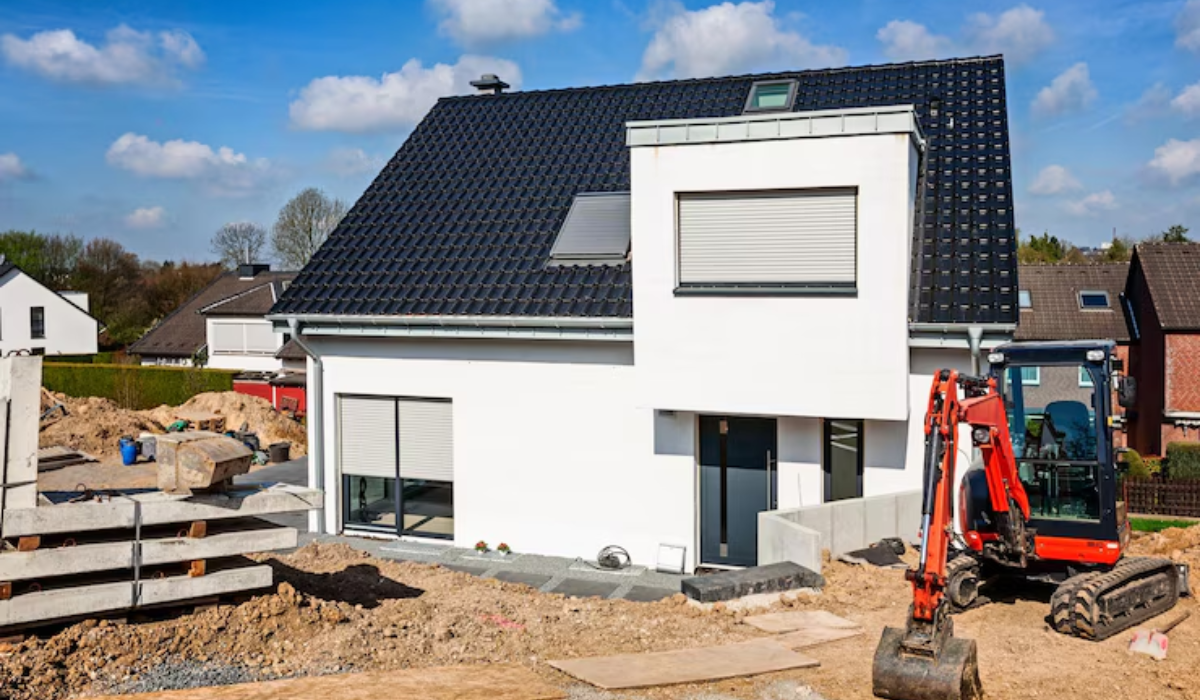The construction industry is one of the largest and most important sectors in the world. Whether it’s building homes, offices, roads, or factories—every project falls under a specific type of construction. Understanding the different types of construction is essential before starting any building project. In this guide, we’ll explore the main types of construction work and how they differ in purpose, scale, and design.
1. Residential Construction
Residential construction refers to the building of homes and living spaces for individuals and families. This is the most common type of construction, as everyone needs a place to live. The projects are usually small to medium scale and focus on comfort, safety, and aesthetic appeal.
Examples include:
- Single-family houses
- Apartments and flats
- Villas and duplexes
- Farmhouses
Residential construction projects often follow strict building codes and zoning laws to ensure safety and livability

2. Commercial Construction
Commercial construction is designed for buildings that serve business purposes. These projects are typically larger and more complex than residential ones. The focus is on functionality, foot traffic flow, and modern facilities.
Examples include:
- Office buildings
- Shopping malls
- Hotels and restaurants
- Schools and hospitals
Commercial construction usually requires specialized contractors, permits, and commercial-grade materials.
3. Industrial Construction
Industrial construction involves the creation of facilities used for manufacturing, processing, and production. These projects are often large-scale and highly specialized, requiring heavy machinery and advanced planning.
Examples include:
- Factories and warehouses
- Power plants
- Oil refineries
- Water treatment plants
Industrial construction projects must meet strict environmental, safety, and engineering standards.
4. Infrastructure / Heavy Civil Construction
This type of construction is also known as civil construction and includes large-scale public projects. The goal is to develop the foundational systems that support daily life and economic activity.
Examples include:
- Highways and roads
- Bridges and flyovers
- Dams and canals
- Railways and airports
Heavy civil construction is usually government-funded and executed by specialized engineering firms.

5. Specialized Construction (Optional/Additional Type)
Some experts also include a fifth type called specialized construction, which refers to niche or customized projects. These may not fall strictly under the other categories.
Examples include:
- Smart homes
- Modular buildings
- Green buildings (eco-friendly)
Specialized construction often involves advanced technology, energy efficiency, or unique design features.
Comparison Table of Construction Types
| Type of Construction | Purpose | Common Examples | Project Scale |
|---|---|---|---|
| Residential | Housing and living spaces | Homes, Flats, Villas | Small to Medium |
| Commercial | Business and commercial use | Offices, Hotels, Malls | Medium to Large |
| Industrial | Production & manufacturing | Factories, Warehouses | Large |
| Infrastructure/Civil | Public services & utilities | Roads, Dams, Airports | Very Large |
| Specialized | Custom/Advanced projects | Smart Homes, Green Projects | Varies |

Conclusion
Understanding the different types of construction is crucial whether you’re planning to build a home, start a commercial project, or invest in infrastructure. Each type has its own challenges, costs, and regulations. By learning the basics of construction work, you can make better decisions, save money, and ensure a successful project from start to finish.

